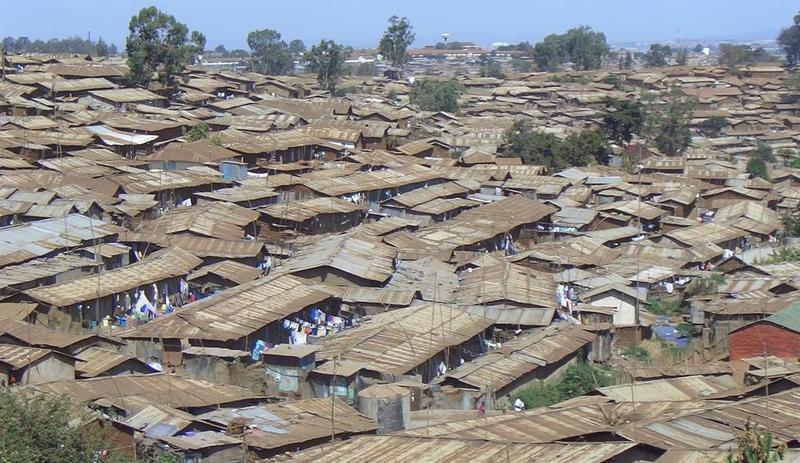Global Responses
The UNHabitat has been at the forefront of integrating reserch on best practices globally.
Read UNHabitat Land and Tenure Section. (2003) Handbook of Best Practices Security of Tenure and Access to Land: Implementtion of the UN Habitat Agenda. Nairobi.
Chris Jochnick. (2017) Ten Signs of a Global Land Rights Revolution. Oxfam.
Also Sustainable Housing
The document was written as a policy framework for cities in developing countries, and is targeted national and city level players in regard to all types of housing, though slum housing is addressed to a certain extent (meaning the average slum dweller probably can’t do much with it because they are not the audience for this particular document). That being said, there are many valuable tools for those decision makers at the city, county and national level here in Nairobi – in fact, most of it is valuable. Here are a few examples that stood out:
- A quote from page 48 states: “High-rise multifamily estates, which are often built to resettle slum dwellers, may be culturally, socially and economically challenging for the poor to adapt to – especially if also higher rents and utility bills are to be paid for.” Perhaps this was born out of the expensive lesson learned here in Nairobi where high rise housing was built for Kibera residents, yet sit empty to this day because they are not conducive to the social, cultural, or economic factors of the community. It is crucial for city planners and those involved in ‘slum upgrading’ to take into account each of these factors, or their efforts will be unsuccessful and will do more harm than good for slum dwellers.
- Page 56 explains how the housing industry can create jobs and add affordable housing options for cities in developing countries. All of the housing going up in Nairobi is strictly for the very wealthy and is being built by the Chinese. An investment in local resources for more affordable housing (like the example given from Brazil) could do wonders for a city like Nairobi where 40% of people are unemployed!
- Finally, the diagram on page 70 is graphical representation of the balance between top-down and bottom-up approaches to housing. Strictly bottom up approaches may be limited in scale, scope and knowledge about things like building codes and materials; yet a top-down approach does not take into account the ‘end-user’s’ needs. This is why communication and understanding is crucial.
The document definitely proposes the ‘ideal’ and many governments may not have the resources or even the interest to take these planning suggestions into consideration. However, it is a valuable guideline that provides some practical examples and solutions to all types of housing issues from indoor air quality to environmental impact to business proximity.
A critique: How does land tenure affect agricultural productivity? A systematic review Research suggests tenure reform in Africa produces relatively modest gains.



